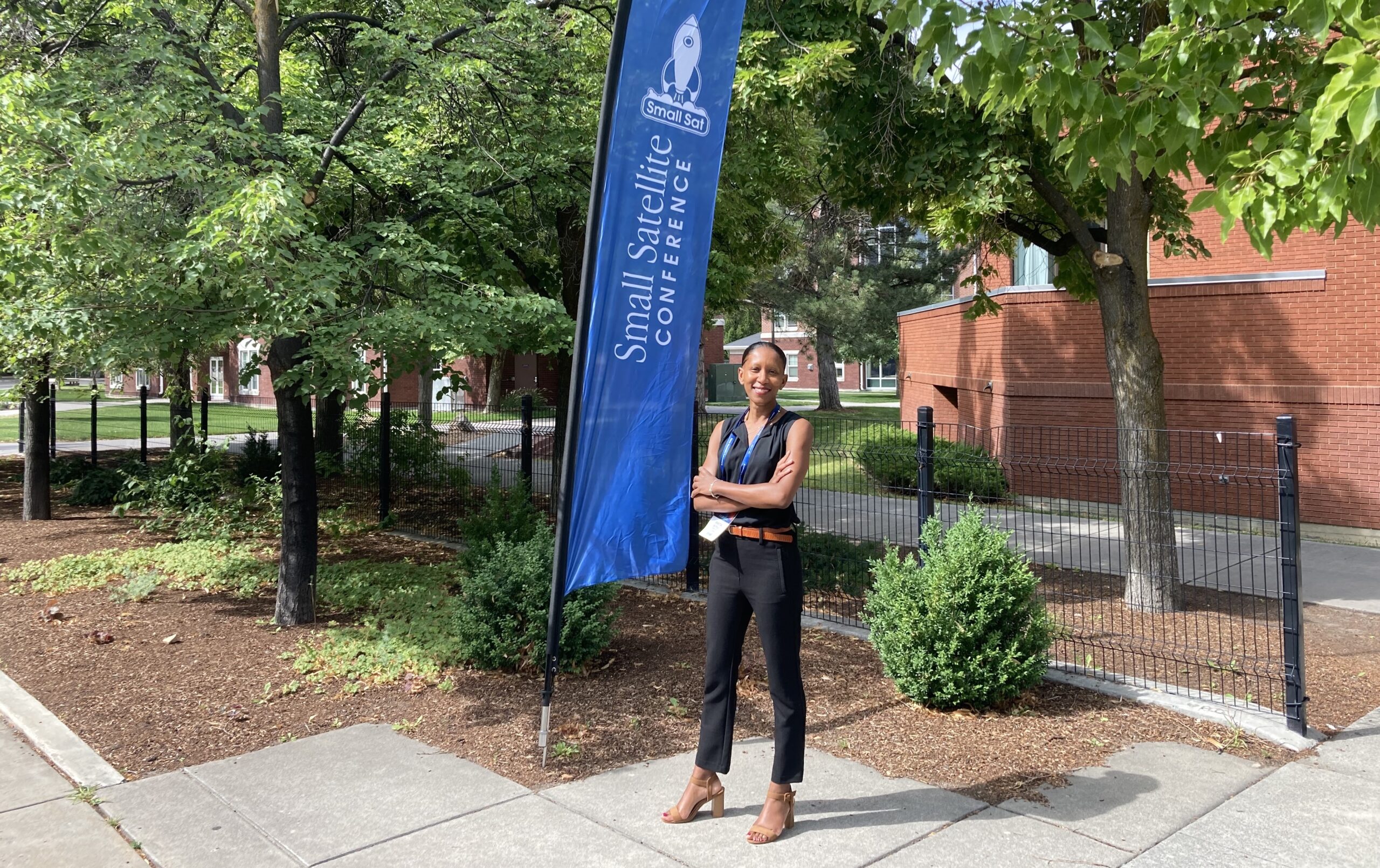LOGAN, Utah — Canada’s MDA sees a growing opportunity to expand its international space business from the United Kingdom, where it plans to double its team to 80 employees in the next 12 months.
Anita Bernie, who was appointed managing director for MDA’s U.K. unit in March, said the company has just moved into a larger, dedicated facility to accommodate this growth in Harwell, England.
“The facility includes substantial cleanrooms and a state-of-the-art development laboratory,” Bernie said.
The U.K. seeks a bigger portion of the global space industry to expand its post-Brexit economy. The British government’s national strategy to become a major space power includes investments in emerging technologies and streamlined licensing regimes to foster a more business-friendly environment.
Canada, which joined the space race behind the Soviet Union and the United States with the launch of its first satellite in 1962, also sees an opportunity to bolster its space industry.
The U.K, and Canada are “working more closely together than ever before,” Bernie said.
The countries’ respective space agencies signed a memorandum of understanding in October to strengthen ties between their governments, space companies, and academic institutions.
“MDA is a great example” of the U.K.-Canada relationship, Bernie said, and “provides multiple opportunities for our nations to work more closely together in support of our mutual space interests.”
While MDA is best known for developing the robotic Canadarm used on the International Space Station, the company’s services span space operations, geo-intelligence, and satellite systems.
MDA’s U.K unit recently partnered with debris removal startup Astroscale to study the feasibility of a UK Space Agency-funded mission to remove two satellites from low Earth orbit by 2025.
Bernie said work on the Columbus Ka-band antenna, which was installed on the ISS Columbus science module last year, leveraged capabilities from across MDA’s sites in Canada and the United Kingdom. She said the antenna, dubbed ColKa for short, is operational and provides increased bandwidth for the Columbus module by communicating through European Data Relay System satellites.
“We are participating in a range of flagship missions to return to the lunar surface, deliver in-orbit servicing missions and provide communications capabilities for astronauts onboard the International Space station,” she added.
Earlier this year, U.S.-based Lockheed Martin said it was looking to set up a satellite manufacturing base in the United Kingdom to expand its global space business.
The aerospace and defense giant has been looking into the feasibility of a facility that could focus on building satellites, their parts or ground networks and could include a research and development center.
